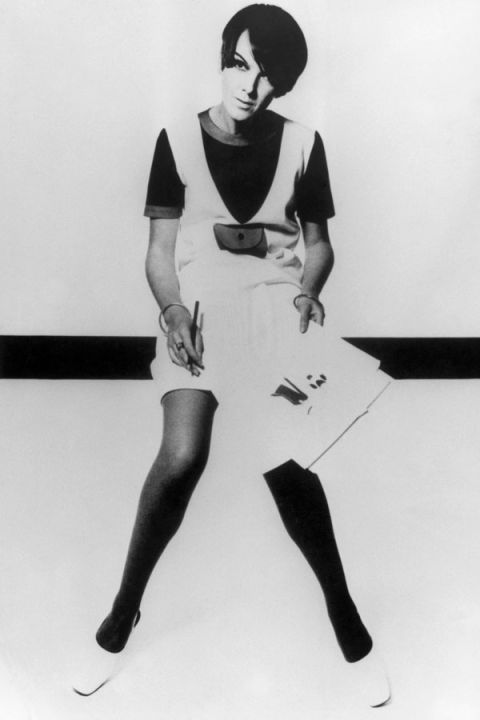

The Butterick Home Catalog hailed Quant as the originator of the Chelsea Look. Here’s Celia Hammond on the cover of the retail catalogue: Butterick 3288 by Mary Quant. Image: Iconic Images.īutterick released its first Mary Quant patterns in fall, 1964. Image: LIFE archive.įor his 1963 Life feature on the Chelsea Look, Norman Parkinson photographed Melanie Hampshire and Jill Kennington in these Mary Quant dresses: Melanie Hampshire and Jill Kennington in Mary Quant’s Bank of England and Eton dresses, LIFE, October 18, 1963. (View story here.) Mary Quant and Alexander Plunket Greene on Park Avenue, LIFE, December 5, 1960. Mary Quant and her husband were profiled in Life magazine as early as 1960. (More on Ravelry.) 1960s Patons Courtelle knitting patterns by Mary Quant.

Some of these vintage booklets are available as official reissues, like these ones from Mary Maxim. Image: Etsy.įor knitters, there were also ultra-mod knitting patterns. (See my Mad Men-era post.) Right: Mary Quant pantdress pattern 4779 in the Butterick retail catalogue, November 1969. Image: Metropolitan Museum of Art.īutterick licensed Mary Quant patterns from the mid-’60s to the early ’70s. Celia Hammond and Jean Shrimpton in Mary Quant, ca. See here for more details, or email the curators at Update: submissions are now closed. The V&A is seeking vintage Quant for the show, including garments - or even photos of garments - made with Mary Quant patterns. (An earlier exhibit, Manchester Art Gallery’s Mary Quant: Fashion Icon, had to close early due to conservation issues.) Mary Quant sketch, ca. The pioneer of the Chelsea Look will receive a major retrospective at the Victoria and Albert Museum in 2019. Nothing says Swinging London like Mary Quant.

Tania Mallet wears Mary Quant (hat by James Wedge) on the cover of British Vogue, October 1, 1963.


 0 kommentar(er)
0 kommentar(er)
